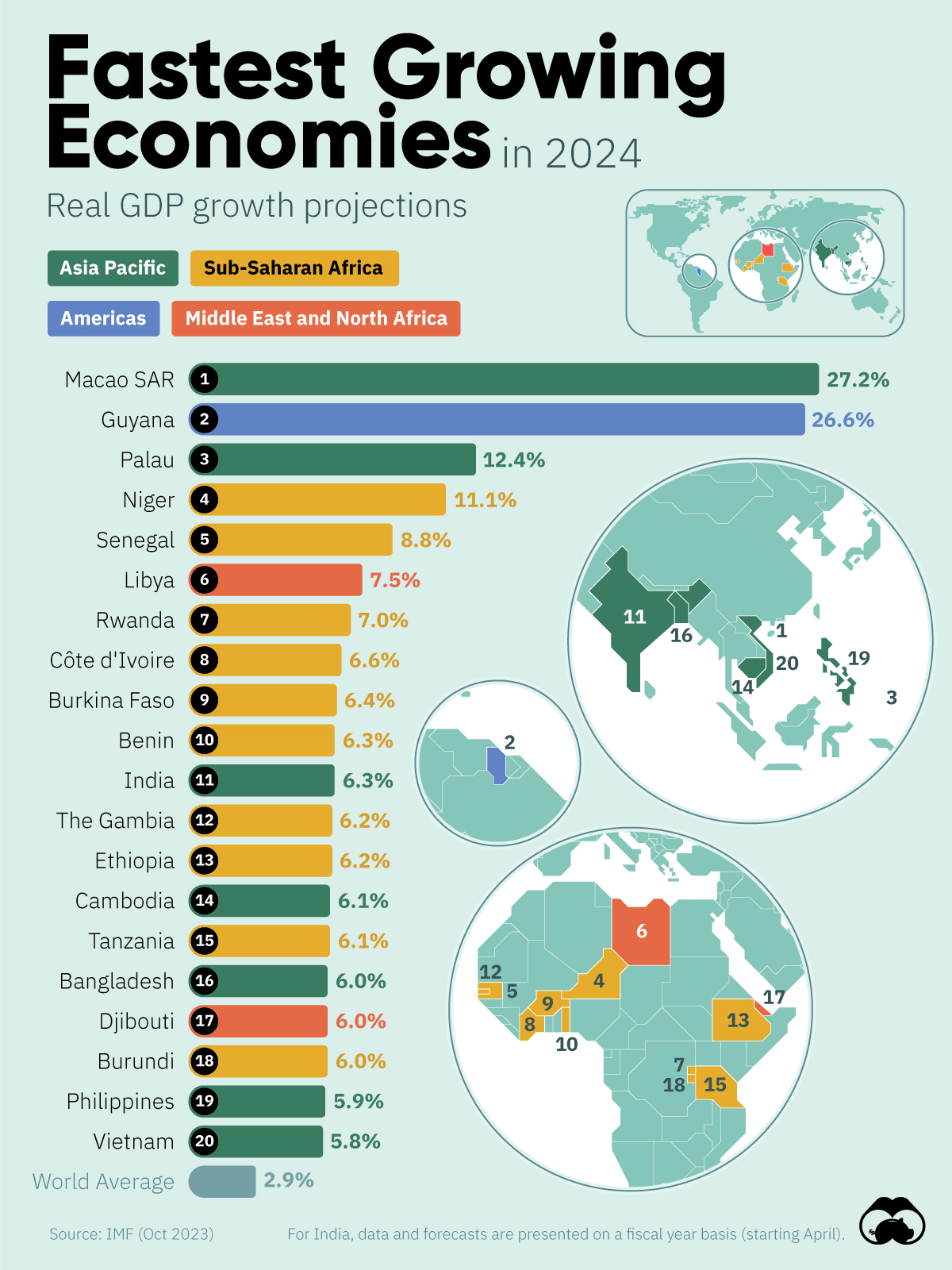World War II marked a significant turning point in aviation, not only in tactics and technology but also in the personal gear used by pilots. Among these essential items were aviator goggles, which evolved dramatically during this period. Initially designed for practical purposes, these goggles eventually crossed over into the realm of fashion, becoming a symbol of both heroism and style. This article explores the journey of WWII aviator goggles, highlighting their functional origins, their design evolution, and their lasting impact on fashion.
The Functional Origins of Aviator Goggles

Aviator goggles originated long before World War II, with their earliest forms dating back to the dawn of aviation in the early 20th century. They were primarily designed to protect pilots’ eyes from the harsh elements encountered at high altitudes. The primary functions included:
- Wind Protection: The high-speed winds at altitude could cause severe discomfort and impair vision.
- UV Protection: Goggles shielded the eyes from harmful ultraviolet rays at high altitudes.
- Debris Shielding: Pilots faced the risk of dust and debris, making goggles essential for clear vision.
These early goggles were often made from leather and glass, providing a rudimentary level of protection and comfort. However, as aviation technology advanced, so did the need for more effective eye protection.
Technological Advancements During WWII

As World War II escalated, the demand for efficient and reliable eyewear grew significantly. The military required goggles that could withstand the rigors of combat and provide maximum visibility. This led to several key innovations:
- Materials: The introduction of lightweight, durable materials such as plastic and rubber enhanced comfort and functionality.
- Anti-Fog Technology: The development of anti-fog coatings allowed pilots to maintain clear vision in varying temperatures and humidity levels.
- Increased Field of Vision: Wider lenses were designed to improve peripheral vision, crucial for pilots engaged in dogfights.
One of the most notable designs was the U.S. Army Air Forces’ AN/AVS-6 goggles, which featured a flexible frame and an adjustable strap for a secure fit. This model became iconic among pilots and was a significant improvement over previous designs.
Case Study: The Ray-Ban Aviator

While many goggles were specifically designed for military use, one model managed to transcend its functional origins and become a fashion staple: the Ray-Ban Aviator. Originally developed in 1936 for U.S. Air Corps pilots, the Aviator’s design was functional yet stylish. Key features included:
- Metal Frame: The lightweight metal frame provided durability without compromising comfort.
- Teardrop Lenses: The unique shape of the lenses offered a wide field of vision while reducing glare.
- Reflective Coating: This feature helped to further reduce glare, making them practical for high-altitude flying.
The Ray-Ban Aviator became a symbol of cool, adopted by celebrities and the general public alike. Its transition from military gear to fashion accessory exemplifies the broader evolution of aviator goggles during and after WWII.
From Function to Fashion: The Post-War Era

After the war, aviator goggles and sunglasses began to find their place in civilian life. The post-war boom saw an explosion in consumerism, and with it, a shift in how eyewear was perceived. No longer just functional items, goggles and sunglasses became a fashion statement.
Several factors contributed to this transformation:
- Hollywood Influence: Icons like Audrey Hepburn and James Dean were often seen wearing aviator-style sunglasses, further popularizing the look.
- Military Appreciation: The public’s admiration for WWII veterans fueled the popularity of military-inspired fashion, including aviator goggles.
- Marketing Strategies: Brands began to market eyewear not just for their practical uses but as essential fashion accessories.
This cultural shift was reflected in the design of aviator goggles, which began to incorporate elements like colorful frames, decorative embellishments, and a variety of lens tints. The emphasis on style led to the emergence of numerous fashion brands producing their versions of aviator goggles.
The Role of Aviator Goggles in Modern Fashion
Today, aviator goggles have solidified their status not only as a functional piece of gear but also as a staple in fashion. Designers and brands continue to draw inspiration from the classic aviator design, leading to various modern interpretations. Key trends include:
- Retro Revivals: Fashion cycles often lead to the return of vintage styles, keeping aviator goggles relevant.
- Customization: Many brands now offer customizable options, allowing consumers to select colors, materials, and lens types.
- Collaboration with Influencers: Brands partner with influencers to promote aviator goggles as trendy accessories on social media platforms.
Furthermore, aviator goggles have made appearances in high fashion runway shows, with designers like Gucci and Prada incorporating them into their collections, showcasing their versatility and enduring appeal.
The Impact of Social Media and Influencer Culture

In recent years, social media has played a significant role in shaping fashion trends, including the resurgence of aviator goggles. Influencers and celebrities often showcase these goggles in their outfits, further cementing their status as a chic accessory. This digital landscape has led to:
- Real-Time Trends: Styles can go viral almost overnight, with aviator goggles frequently featured in fashion blogs and Instagram posts.
- Accessibility: Online retailers make it easier for consumers to find and purchase aviator goggles, regardless of brand.
- Community Engagement: Fashion enthusiasts share styling tips and outfit ideas, creating a sense of community around the accessory.
As a result, aviator goggles have become a ubiquitous part of modern fashion, transcending their origins as mere protective eyewear.
Conclusion: The Lasting Legacy of WWII Aviator Goggles

The evolution of WWII aviator goggles from functional gear to fashionable accessory is a fascinating journey that reflects broader societal changes. Initially designed for protection against the elements, these goggles underwent significant technological advancements during the war, which contributed to their post-war popularity. The transition into fashion was marked by the influence of Hollywood, military appreciation, and strategic marketing, culminating in the modern-day aviator goggle as a symbol of both style and nostalgia.
Today, aviator goggles continue to captivate fashion enthusiasts and remain a testament to the enduring legacy of WWII aviation culture. As we look forward, it is clear that the blend of function and fashion in aviator goggles will continue to evolve, adapting to new trends while honoring their rich history.